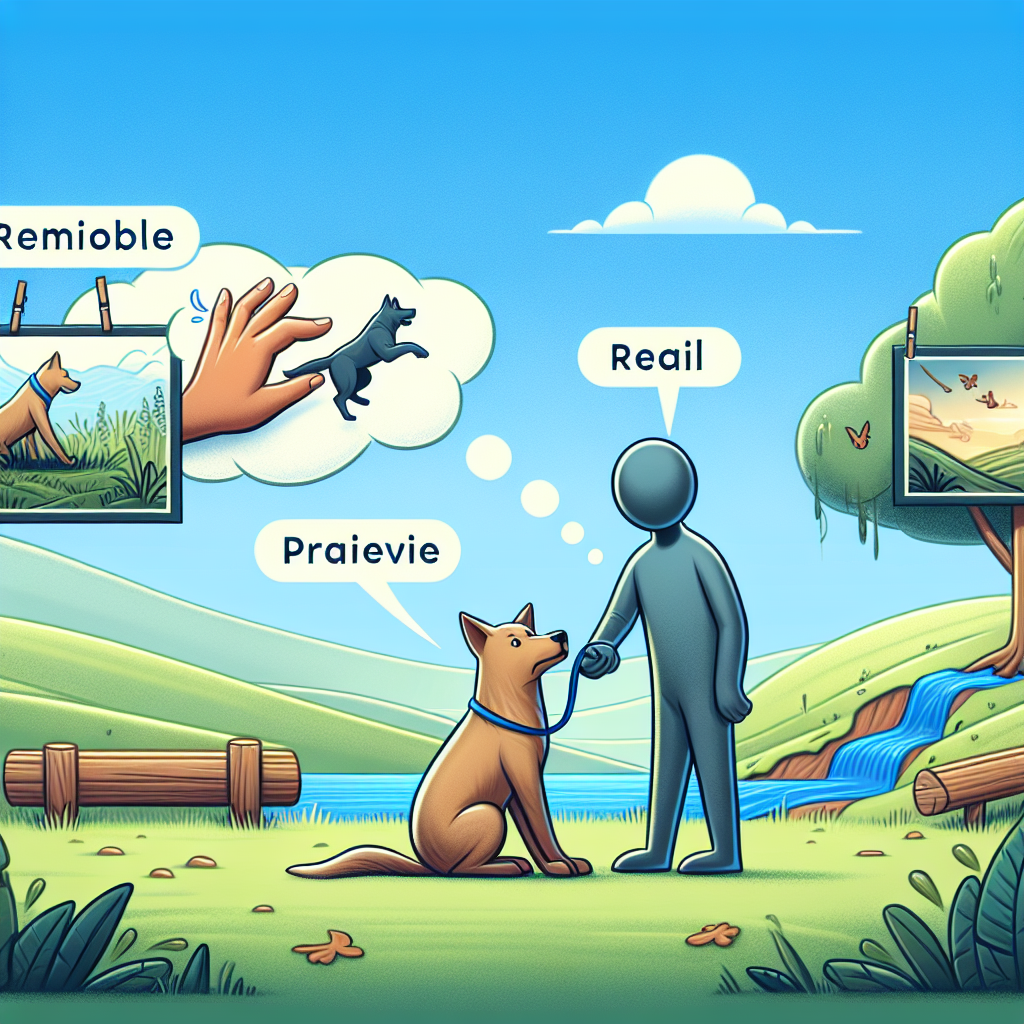
As a veteran dog trainer and dog lover, I’ve seen firsthand the devastating impact that fear and anxiety can have on our furry friends. It’s heartbreaking to watch a once-confident pup become withdrawn, anxious, and even fearful of their own shadow. But there is hope! With the right techniques, patience, and understanding, you can help your anxious dog break free from the fear cycle and live a happier, healthier life.
Understanding Fear in Dogs
Before we dive into the practical tips, it’s essential to understand what drives fear in dogs. Canine fear is often a result of a combination of genetics, environment, and life experiences. Breeding, socialization, and early training can all play a significant role in shaping a dog’s fear responses. Additionally, dogs can pick up on their owner’s emotions, making them more susceptible to anxiety and fear.
Practical Tips to Tame Fear and Anxiety in Dogs
Here are some expert-approved strategies to help your anxious dog overcome their fear cycle:
Positive Reinforcement Training
- Focus on rewarding desired behaviors, rather than punishing undesired ones.
- Use treats, praise, and affection to reinforce good behavior.
- Be consistent and patient, as this approach takes time and effort.
Desensitization and Counterconditioning
- Gradually expose your dog to the thing or situation they fear, starting from a low-level.
- Reward calm behavior and provide a positive association.
- Build up to the original level, allowing your dog to associate the feared stimulus with positivity.
Body Language and Energy
- Pay attention to your body language, as dogs are highly attuned to energy.
- Keep your voice calm, use gentle touch, and maintain a relaxed demeanor.
- Avoid sudden movements or loud noises, which can exacerbate anxiety.
Exercise and Physical Activity
- Regular exercise releases pent-up energy and tension, reducing anxiety.
- Incorporate activities that promote calm, such as walks, massages, or gentle play.
- Exercise can help your dog feel more grounded and centered.
Manage the Environment
- Identify and remove triggers that trigger your dog’s anxiety.
- Create a comfortable, peaceful environment through soothing music, aromatherapy, or calming products.
- Set a consistent daily routine to provide structure and predictability.
Seek Professional Help
- If your dog’s anxiety is severe, consult a professional dog trainer or behaviorist.
- Receive personalized guidance and support to overcome specific challenges.
- Don’t hesitate to seek help if you’re unsure or struggling to make progress.
Frequently Asked Questions
Q: What are the most common signs of anxiety in dogs?
A: Whining, panting, hiding, destruction of property, and avoidance behaviors.
Q: Can I use Positive Reinforcement Training with all dogs?
A: Yes, with some breeds, it’s essential to adjust the approach to accommodate their unique needs.
Q: Will Desensitization and Counterconditioning work for all fears?
A: Yes, but with patience, consistency, and individualized approaches.
Q: Can I manage my dog’s anxiety without professional help?
A: While it’s possible, professional guidance can significantly enhance the process and prevent setbacks.
Unlock the Secrets to a Well-Behaved Dog! 🐾 Tired of your pup’s bad habits? Discover how to transform your unruly dog into a loving companion with our FREE Dog Training Mini Course! Learn essential commands, potty training tips, and effective techniques to eliminate unwanted behaviors in just days. Don’t miss out—sign up now and start your journey to a happier, obedient dog! (bit.ly/3RJak0a)
Instantly Access Your FREE Children’s Books Here!
Disclaimer: As an Amazon Associate, I earn from qualifying purchases. I may earn a commission from qualifying purchases as an affiliate. Please note that I only recommend products I believe will provide value to my readers.


